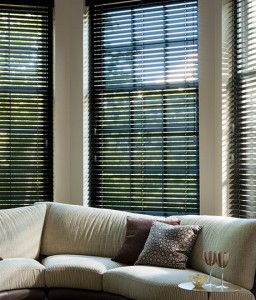
Few people realise just how much heat they let slip out of their house each day. Old draughty windows and poor insulation can have a real impact on the temperature inside a property and individuals have to compensate by turning up the thermostat, which in turn causes their energy bills to shoot up. With utility costs currently skyrocketing and showing no signs of coming down at any time in the near future, most homeowners can benefit in a very concrete way from learning how to reduce their energy consumption by keeping more heat inside the home for a longer period of time.
Insulation
The first step is to ensure that the house is effectively insulated; proper loft and wall insulation will make a huge difference in the amount of heat that escapes from the home. Pipe insulation is often neglected, and paying insufficient attention in this area can cause a great deal of unnecessary heat loss. While installing insulation may seem like a costly proposition, it will pay for itself in the long-term. If money is tight at the moment, however, individuals can take other steps to reduce their heating bills.
Windows
Windows can be very inefficient when it comes to retaining heat and often serve as an energy Achilles’ heel in a house by allowing huge amounts of heat to escape. There are a number of measures that can be taken to improve the heat retaining abilities of a property’s windows and one of the easiest is to simply replace the current window panes with extra efficient, double or even triple glazed panes. A less expensive option is to use window coverings that will help to prevent heat from escaping. For example, blinds and curtains can be closed at night to help prevent warm air from coming into contact with cold windows and cooling rapidly.
Wooden window shutters will also prevent that expensive warm air from coming into contact with cold windows. Shutters will also help to limit the amount of cold air that can enter a property through windows, as well as helping to limit the amount of heat that can enter the building when it is hot outside.
An excellent selection of attractive options are available that can also block out light effectively when necessary. Shutters can be especially effective when combined with thick curtains.
Other options
Draught proofing is another good way to reduce heat loss. This process fills in any holes or cracks that cause cold draughts to enter around windows. Air leakage can cause a substantial drop in a room’s temperature, so it may be worth paying a professional to ensure that all the windows and frames in the home fit perfectly, and are ultra-efficient. Be aware that doors with glass in them can be equally, if not more, inefficient than windows.
If possible, turning the fire on and warming only one room to a comfortable temperature will be more cost effective than warming the entire house to that same temperature using central heating. Even better, simply adding a few extra layers of clothing and knocking a few degrees off the thermostat can make a noticeable difference.
Generating renewable energy can shave some money off energy bills, but purchasing and setting up wind turbines and solar panels is an expensive business. Individuals may also need to get planning permission for this kind of endeavour.
There are all kinds of inventive ways to save money and reduce heat leakage, but in most cases focusing on insulation and windows will offer the best results. While some of the investment required may be a little too expensive at present, it is worth thinking about the long-term benefits of a sustainable drop in energy bills before discounting any option.